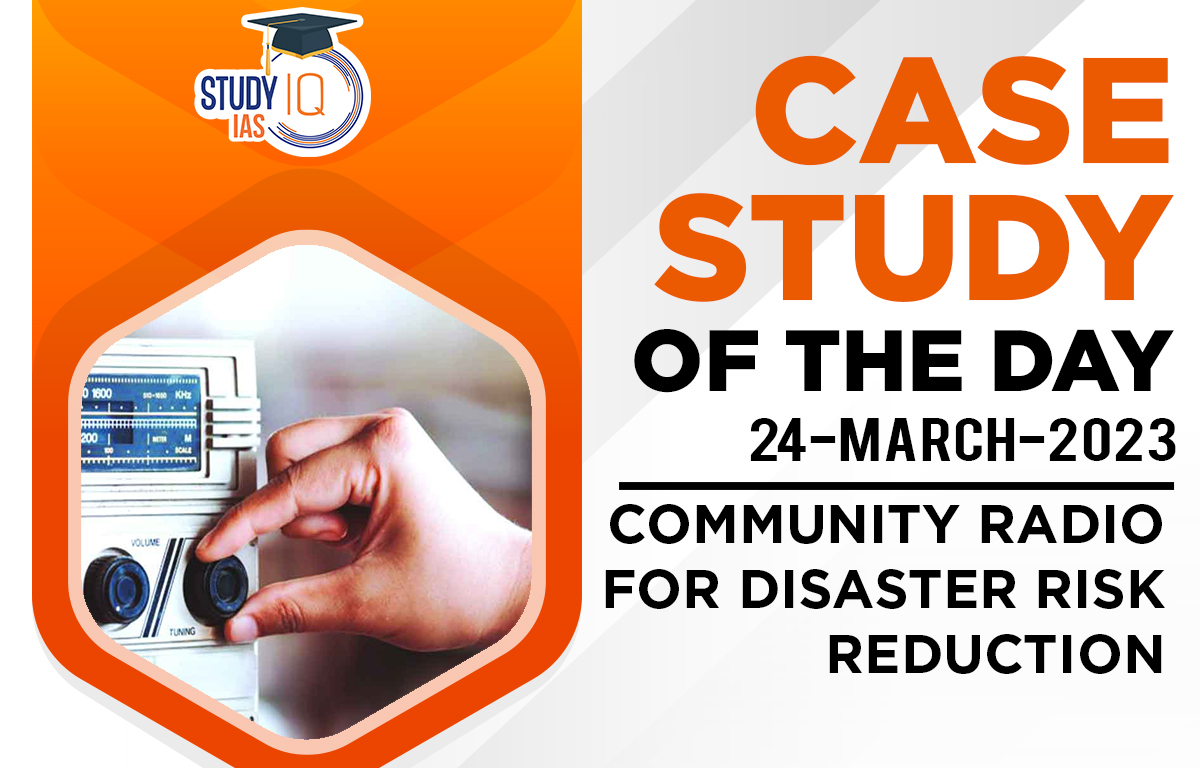Table of Contents
Context: Community Radios play an important role in Disaster Risk Reduction, by aiding in mitigation and preparedness.
About Community Radios
- Community radios involve local people in producing and broadcasting their own programs and participate in operating the station.
- Functioning of Community Radio
- Community Radio stations function with the basic belief, “from the people, for the people, by the people”.
- They share vital information in their languages/dialects, and are significant for development initiatives, awareness campaigns for nature conservation, agriculture, regional culture, and education, contributing to the development of the community.
- Need for Community Radio in India
- India is prone to all types of hazards and disasters, due to its unique geographical and socio-economic factors.
- Disaster risks in India are compounded by increasing vulnerabilities due to changing demographics and socio-economic conditions, unplanned urbanization, development within high-risk zones, environmental degradation, climate change, geographical hazards, epidemics, and pandemics.
- Role of Community Radio in Disaster Risk Reduction
- During disasters, the role of timely communication and passing on crucial information becomes important.
- Past experiences show how the communication infrastructure and networks during times of disasters are destroyed and become ineffective.
- It is at these times, the community radio disseminates timely information in their communities, thereby saving lives and valuables.
- Examples/ Evidences
- There have been instances in Japan where community radios became the prime vehicle for information sharing for communities during disaster emergency relief as well as post-disaster recovery.
- Anna Community Radio in Chennai provided an effective platform to share the grievances of the affected people of Southern India by broadcasting information about relief support, camp locations, precautions to be taken, etc., after the Tsunami in 2004.
Conclusion
- Given the potential of Community Radio in disaster preparedness and mitigation through awareness raising, and targeting different community groups, there is need for local communities to take up such initiatives for common welfare of society.


 SSC CGL Exam 2025 Apply Online Starts Ap...
SSC CGL Exam 2025 Apply Online Starts Ap...
 Daily Quiz 19 April 2025
Daily Quiz 19 April 2025
 Vehicle-to-Grid (V2G) Technology and its...
Vehicle-to-Grid (V2G) Technology and its...





















